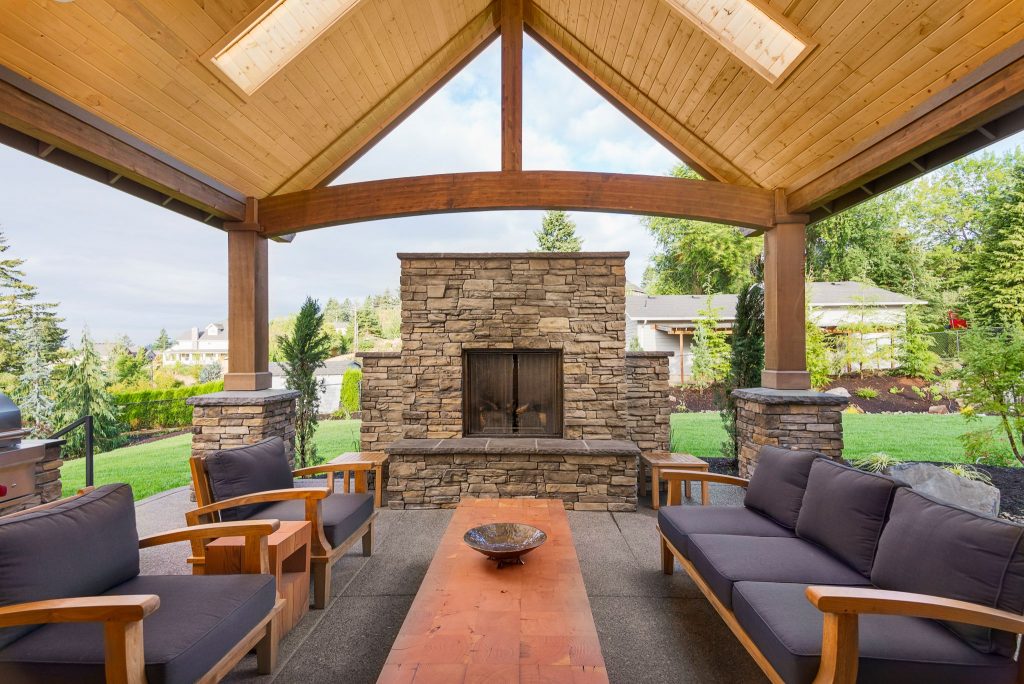Point 20
Outdoor Living Spaces: Your Home’s Oasis of Comfort and Style
Evaluating the Quality and Functionality of Decks, Patios, and Balconies for Maximum Enjoyment
Outdoor living spaces serve as an extension of your home, where you can relax, entertain, and soak up some sun or stargaze. Whether it’s the welcoming deck where you barbecue, the cozy patio where you sip your morning coffee, or the elevated balcony that offers breathtaking views, these spaces deserve as much consideration as your interior rooms. In our 16th point of home evaluation, we take a close look at the quality, safety, and functionality of your decks, patios, and balconies. From assessing materials and structural integrity to evaluating design and amenities, we help you identify the changes that can turn your outdoor areas into your personal paradise.
Outdoor Living Spaces: Transforming Exteriors into Functional Sanctuaries
A Comprehensive Examination to Maximize Quality, Safety, and Enjoyment of Your Outdoor Retreats
Outdoor living spaces are not just a bonus but often a crucial factor in the overall enjoyment of your home. Well-designed and maintained decks, patios, and balconies can significantly elevate your quality of life and even boost your property’s value. Here are some key aspects to consider in our detailed evaluation.
Material Durability: Built to Last?
Outdoor spaces are subject to weather conditions that can be harsh on materials. Whether it’s wood, composite, concrete, or tile, the material needs to withstand the elements. It’s important to regularly check for signs of wear, such as cracks, rot, or discolored spots, to address them before they become significant issues.
Structural Integrity: Standing Strong
Even the most beautiful deck or patio is a hazard if it’s not structurally sound. Checking for loose railings, wobbly steps, or signs of rust in metal parts is crucial. Also, it’s important to ensure that the construction meets local building codes and regulations for safety.
Design and Layout: Form and Function
The layout should be practical and serve your needs. Whether it’s room for a grill, a dining set, or a small garden, the design should reflect your lifestyle. Flow is also essential; space should be easily navigable, particularly when carrying food or drinks from inside to outside.
Lighting and Amenities: The Added Touches
A well-lit outdoor space can drastically extend its usability into the evening hours. Consider the placement of lighting fixtures for both functionality and ambiance. Additionally, amenities like a fire pit, an outdoor kitchen, or a water feature can add to the enjoyment and utility of the space.
Safety Measures: Guarding Your Oasis
Outdoor spaces are wonderful for relaxation but must be safe for all, including pets and children. Fences, gates, and railings need to be strong and secure. If there are elevated areas, ensure that they are safely enclosed to prevent falls.
Seasonal Adaptability: Year-Round Enjoyment
Certain enhancements can make your outdoor space functional year-round. For example, adding heaters can extend the usability into the colder months, while a well-placed shade or awning can make summer use more comfortable.
Environmental Considerations: Eco-Friendly Choices
Today, many homeowners are considering environmentally friendly options for their outdoor spaces, like sustainable materials and energy-efficient lighting. These choices can be both aesthetically pleasing and beneficial for the planet.
Conclusion
Your outdoor living spaces should not be an afterthought but rather an integral part of your home’s functionality and aesthetics. From materials and structural integrity to design and amenities, taking the time to evaluate these aspects can result in a comfortable, safe, and enjoyable outdoor setting. Whether you’re looking for a quiet retreat or a buzzing social space, a comprehensive evaluation will help you align your outdoor areas with your lifestyle and needs.



